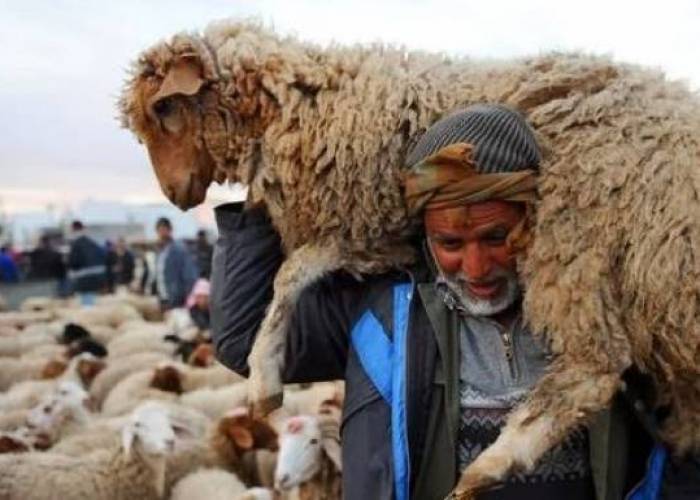The war in Syria had a profound impact on its economic sectors, including significant declines in the livestock industry due to destruction, sabotage, and theft. Over the past 12 years (, the livestock sector, particularly dairy animal production, suffered considerable losses in numbers. The decline varied across different species within the sector.
The cow population decreased by 25%, while goat and sheep populations declined by 17% and 7% respectively over this period. These changes were not uniform among all types of livestock. For instance, the number of donkeys in the herds dropped by 48%, and purebred Arabian horses fell by 36%. Despite these losses, Syria managed to prevent the complete extinction of any entire breed.
The Awassi sheep, which are well-known for their resilience to heat, drought, and long journeys, were significantly affected. The number of herds decreased from 18.1 million in 2011 to 13.7 million in 2015, marking a 24% decline. This decrease was attributed to theft, death, and smuggling of livestock due to the war. The conflict hindered accurate census efforts, particularly in areas affected by armed factions, making it challenging to manage and assess livestock numbers effectively.
Both types of goats raised in Syria, mountain and Shami goats, also experienced a decline. From around 2.3 million in 2011, the goat population reduced to 1.8 million in 2018, with a slight rebound to 1.9 million in 2021 due to improved security conditions and data collection.
Among the milking livestock, the cow population was hit hardest. The number of cows dropped significantly from over 1.15 million in 2011 to 767,000 in 2018, reflecting a substantial loss of 33.7%. The decline rates for other milking herds were about 17% for goats and 7% for sheep, in the period from 2011 to 2021.
Buffaloes and camels also faced declines during the war period. The camel herd decreased from 55,000 in 2011 to 36,000 in 2021, marking a continuous decline since the war’s onset. The camel population saw a 28% decrease in 2021 compared to 2011.
In summary, the war in Syria severely impacted the livestock sector, causing significant declines in various animal populations due to destruction, theft, and other consequences of the conflict. The sector faced challenges in accurate data collection and management, especially in areas affected by armed factions.
This article was translated and edited by The Syrian Observer. The Syrian Observer has not verified the content of this story. Responsibility for the information and views set out in this article lies entirely with the author.


